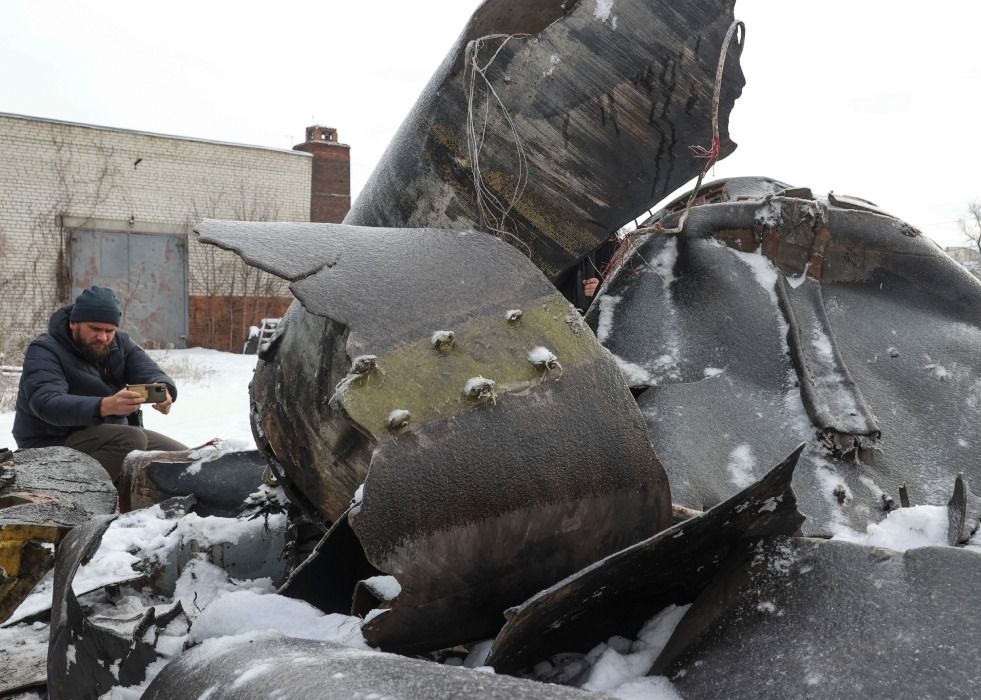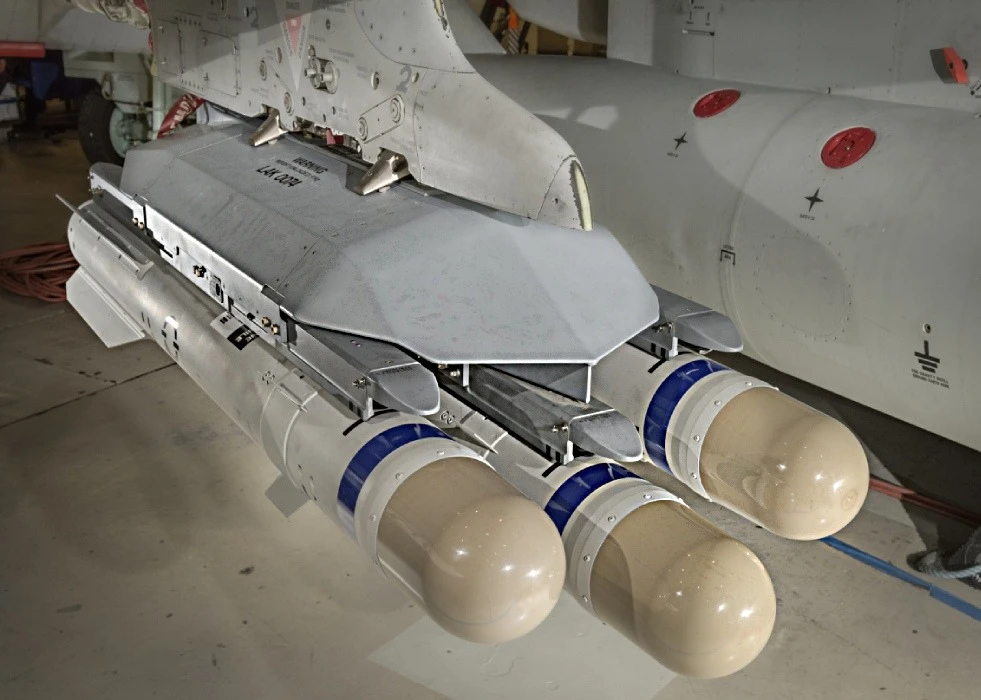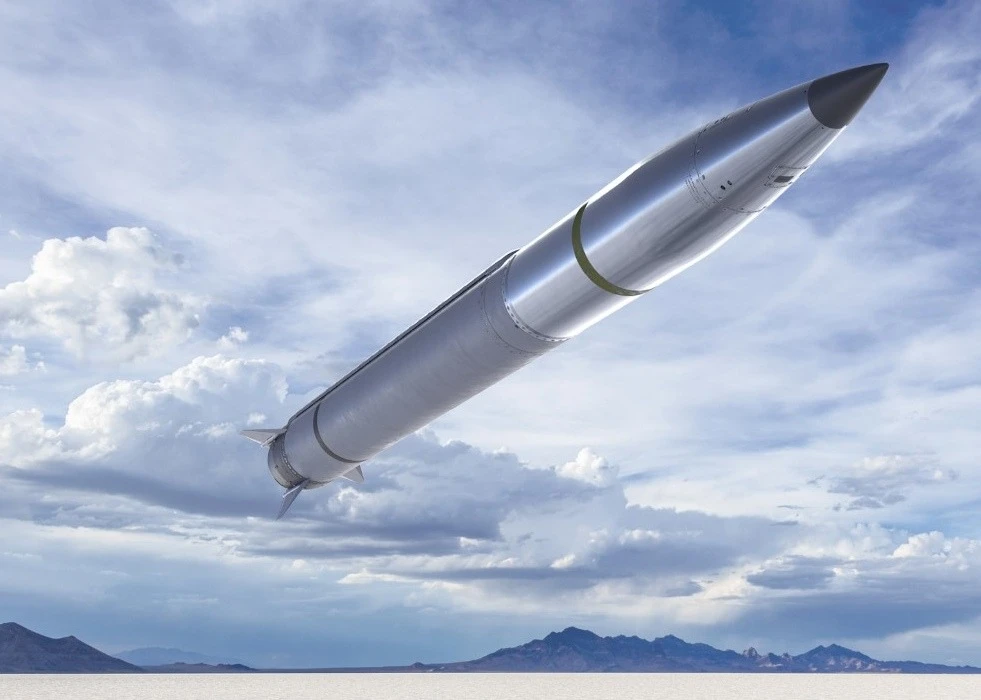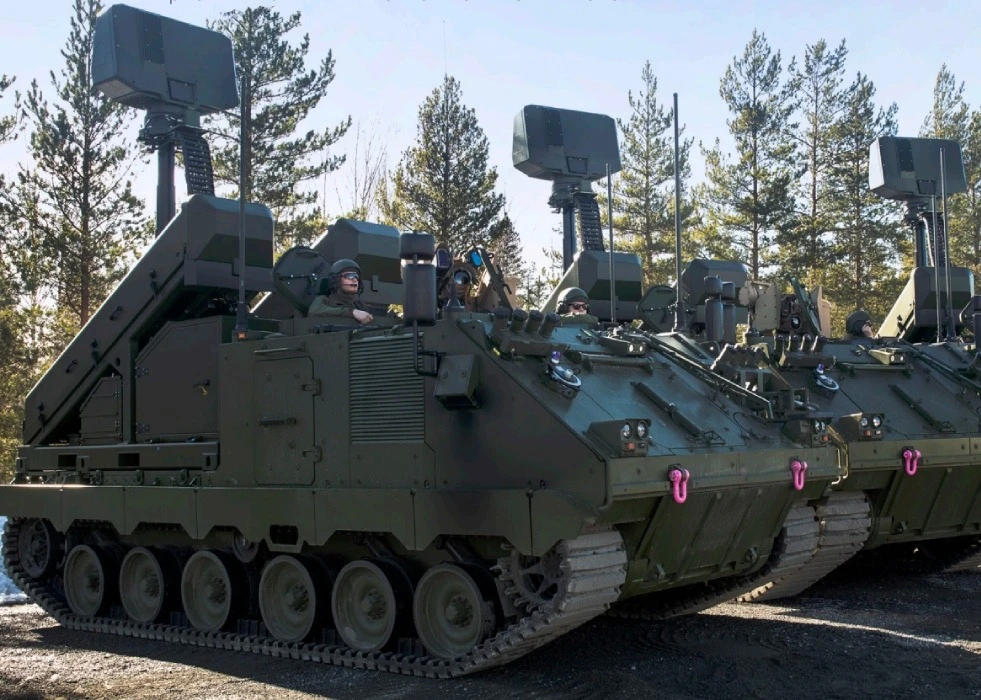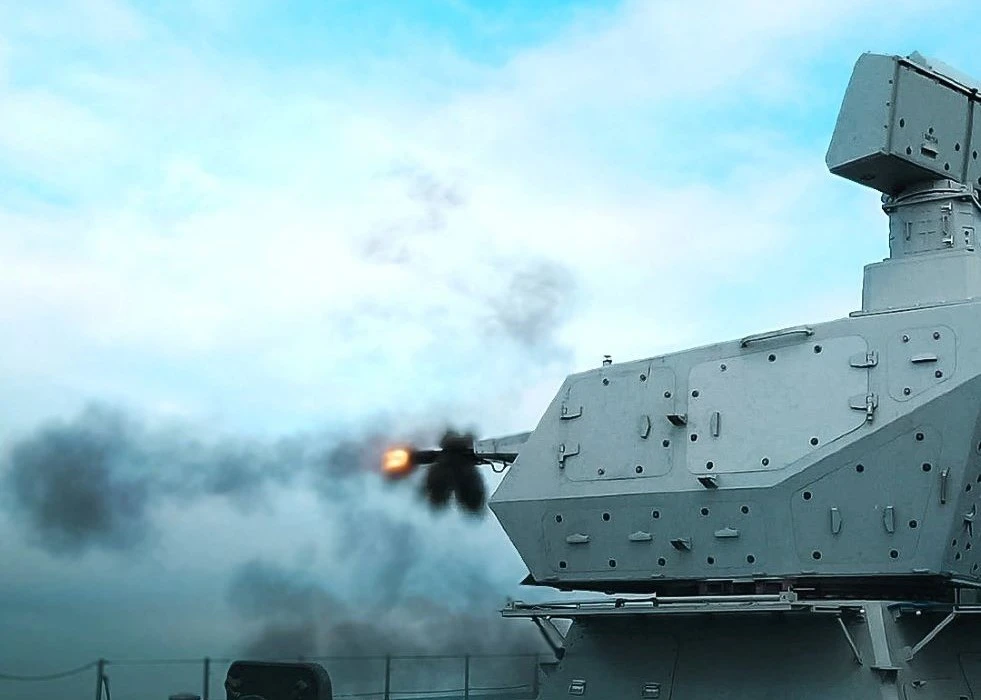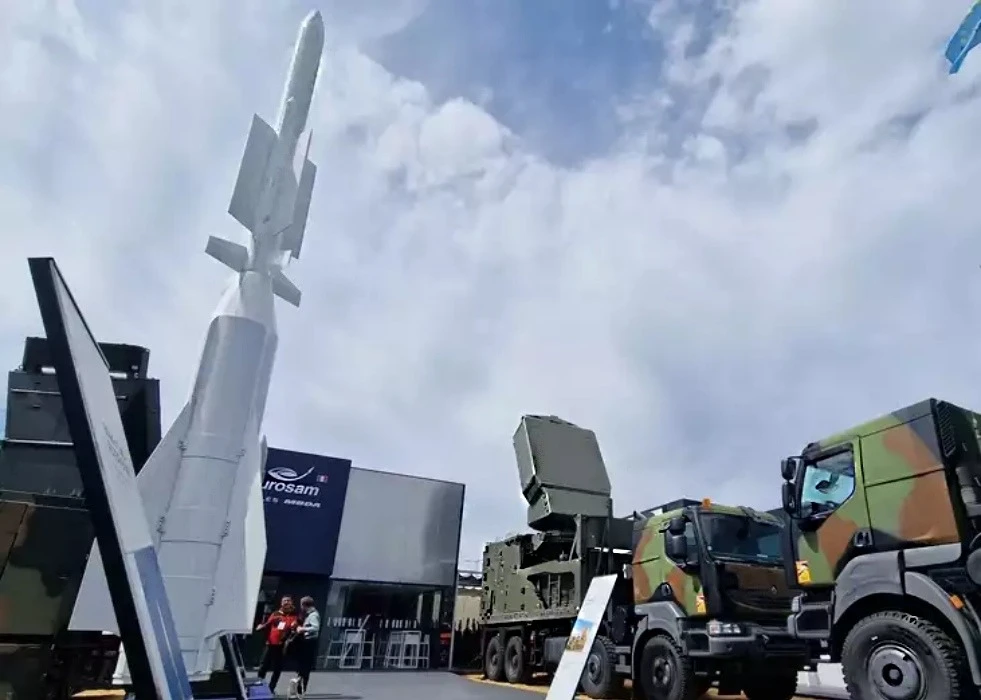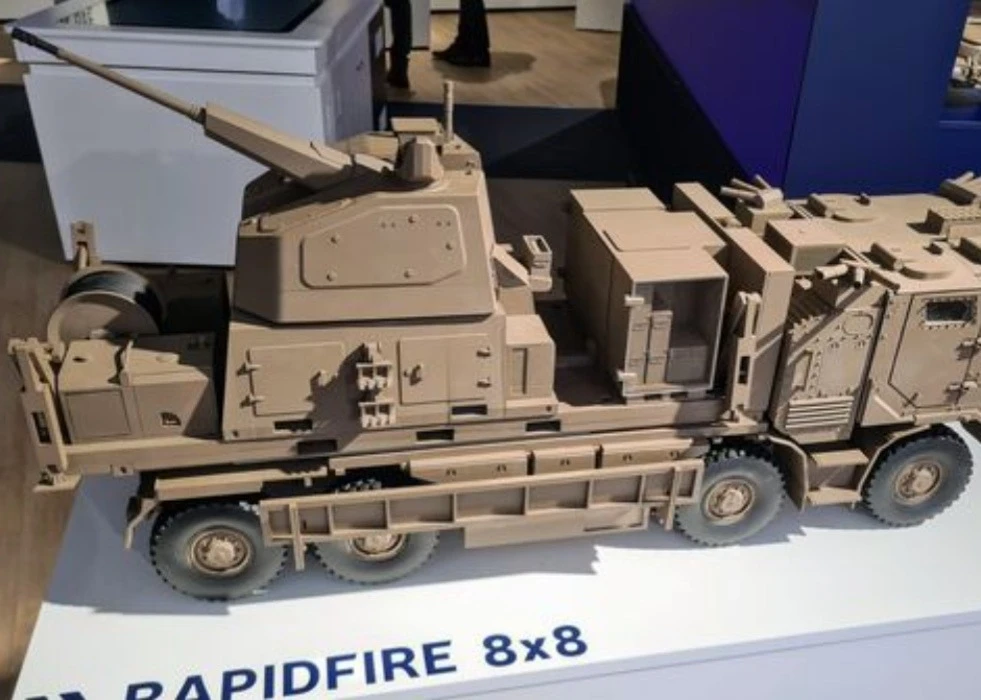As reported by Reuters, the missile and several others hit the city of Kharkiv, killing two and injuring at least 60 people in the process. Dmytro Chubenko, a spokesman for the Prosecutor’s Office, stated that the missiles have larger components than Russian Iskander SRBMs actively used against Ukrainian infrastructure.
The work is ongoing for the identification of the missile, so there hasn’t been any information about the missile type, but judging from the large size, the existence of a rocket nozzle and the officials’ comparisons with Iskander missiles, it is most likely that the missile is a ballistic type.
North Korea is known for manufacturing various tactical and short-range ballistic missiles such as Tochka derivatives, Scud-C/KN-18 SRBM with a manoeuvrable re-entry vehicle, and newer designs like KN-24.
There were claims in 2023 that Russia was going to purchase Iranian ballistic missiles after the purchase of the Shaheed family of kamikaze UAVs and Mohajer-6 UCAVs. Shaheed-136 has been frequently used in attacks against military targets and civilian buildings.
Both Russian and Iranian authorities denied the claims of ballistic missile trade. Recently, CNN reported that negotiations for the deals were advancing, according to U.S. intelligence.
Russia is known to have purchased artillery ammunition of various calibres in large quantities from North Korea during the second year of the war. The immense use of artillery came as a shock to both sides, and they started to deplete the inventories.
Russia seems to play the outsourcing card against the risk of depletion by the purchase of weaponry from Iran and North Korea. The rapid depletion of artillery shells and missiles in a 21st-century war also made some countries, especially European countries, question if the current production capacity can keep up with the pace. This led to efforts to scale up the production and inventories by both domestic means and foreign suppliers such as South Korea and, recently, Japan.
Ukraine Shows Proof of Russia’s Use of North Korean Missiles
